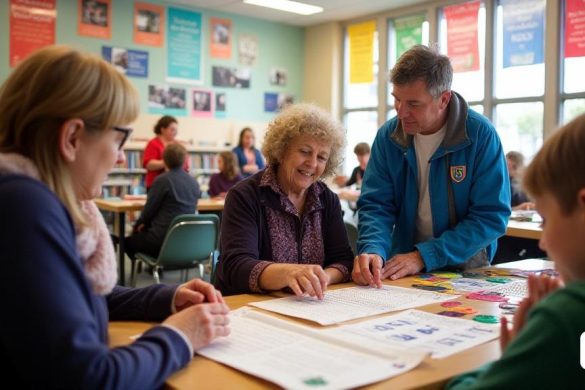An imminent transformation
The Tarraco necropolis is at the door of a significant renewal, with the aim of revitalizing and integrating this emblematic historical space in urban life. The second phase of the rehabilitation project focuses on a series of civil works that include the modernization of the garden, which will become a park accessible to the public, as well as the restoration of the museum building and the extension of available services. .
Details of the project
With a budget approaching nine million euros, largely funded by European funds, the rehabilitation seeks to restore the original access to the site, improving the fit with its surroundings and with other nearby deposits such as Centcelles . These works will not only provide new facilities, but will also improve the visibility and aesthetics of the enclosure within the urban fabric.
Phases of the project and budget
The first rehabilitation phase, which focuses on the museum’s roofs, is about to end. The company Vesta Rehabilitation S.L. It will be in charge of the second phase, with an investment of 5.3 million euros from the Next Generation Funds. In this phase, a garden will be created open to the public, accessible from Avenida Independencia, as well as the rehabilitation of the museum building and the restoration of various structures.
Recognizing the past
The director of the National Archaeological Museum of Tarraco (MNAT), Mònica Borrell, described this project as an ‘ambitious’ effort to reconnect the necropolis with the city. Discovered during the works of the tobacco factory in 1923, the museum opened seven years later, but closed in 1992. Its reopening in 2013 marked a new beginning, which is now strengthened by This rehabilitation.
The future museum
Once the civil works are completed, the project provides for an innovative approach to museumization, with the exhibition divided into three areas: a central room that will remember in the 20’s and 30’s, a perimeter room dedicated to the history of Tarraco outside the walls and a basement that will house part of the site. In addition, we want to pay tribute to the original museography of the 1930’s with the return of iconic pieces such as the Ivory Nina.
A special farewell
To mark the start of this change, farewell days have been organized with various activities, such as guided tours, monologues and family workshops. Many visitors, including families living far, have taken this opportunity to enjoy the space before it is temporarily closed by the works. Among them, Francesc Ferrer, who expressed his desire to see the end result in a few years, especially for his children.
Activities for all
During the farewell weekend, activities have been organized with the collaboration of local entities, including the Sant Fructuós Cultural Association and the Thaleia historical reconstruction group. Tickets for some limited activities have been exhausted quickly, but the space will remain open for free and free visits.
With a promising future, the Tarraco necropolis is about to live a stage of renewal that not only honors its past, but also seeks to integrate it again into the life of the city, becoming a point Cultural and historical interest for future generations.




